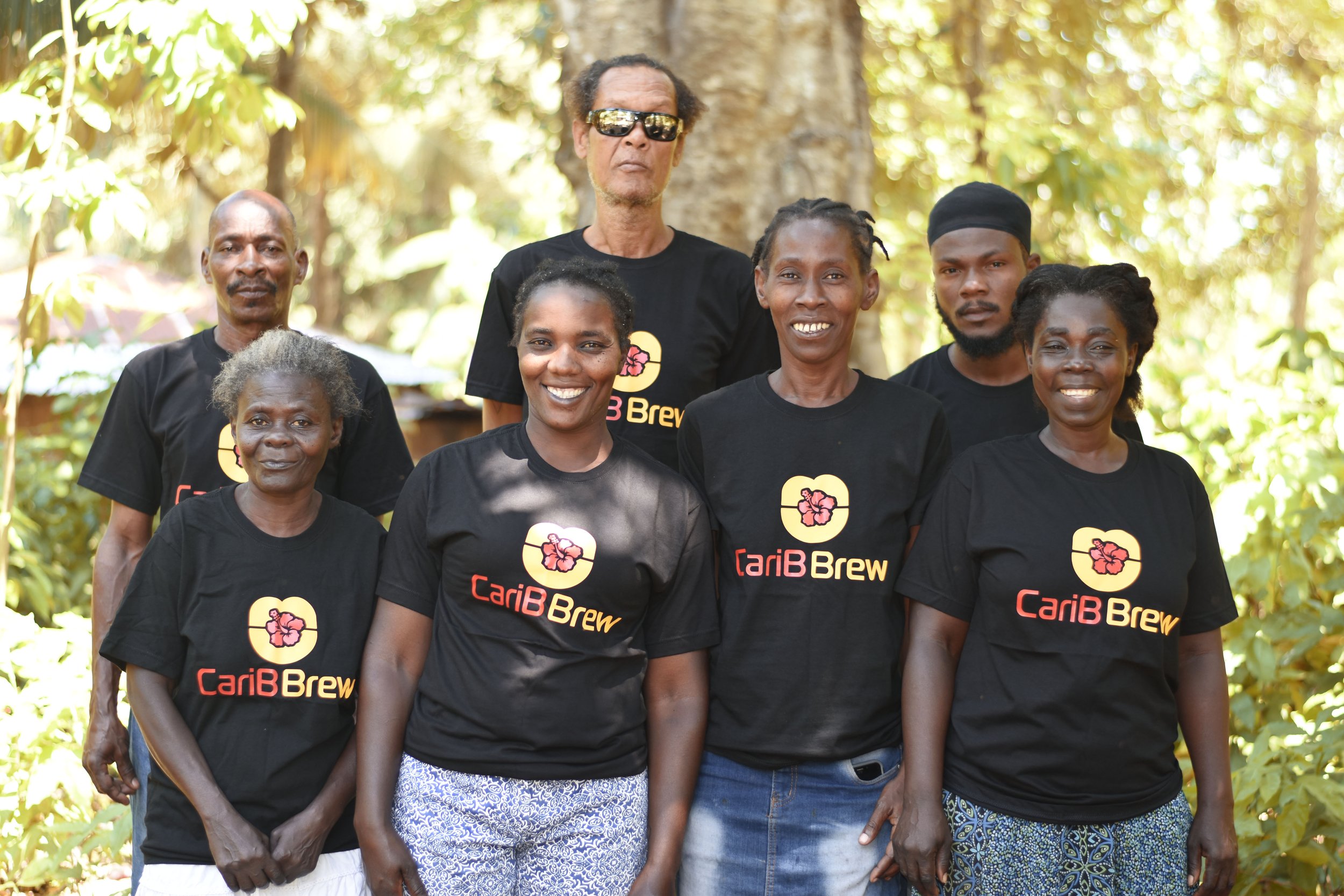Making an Impact One Cup at a Time with Caribbrew Founder Beverly Malbranche
Beverly Malbranche grew up in Haiti — and even if she wasn’t enjoying coffee as a child, she still knew it had a rich, storied history in the country. So, when she came to America, she knew she could bring a piece of her birth country with her.
But Beverly wants to do more than simply make coffee and cacao. She wants to make an impact on the world. That’s why her company Caribbrew also partners with more than 3,000 farmers to help maintain a strong and sustainable economy. And this is tasty coffee, too — even Gabrielle Union thinks so.
Beverly spoke with Good People, Cool Things about the inspiration behind Caribbrew, common coffee misconceptions, and what’s next for the company.
Where did the idea for Caribbrew come from?
I grew up in Haiti and felt compelled to give back to the Haitian economy after moving to the U.S. as an international student. Knowing that Haitian coffee used to be renowned in the 1960s, I decided to embark on a journey to revive Haiti's coffee industry.
I had the idea to sell it one summer at local pop-ups. After receiving great interest from friends and potential customers, I saw an opportunity to share the flavors of Haiti with the world while making a difference. In 2018, we officially launched Caribbrew!
How do you work together with your farmers?
Caribbrew provides farmers with a competitive price, above the minimum fair-trade requirements, twice the market rate per pound purchased. That way, they can keep the premium to foster long-term economic development in the farming community.
A domino impact is gender equality, as many of the farmers are women. We also provide technical assistance. For example, we sponsor a young agronomist to provide training on sustainable farming practices to reinforce the supply chain as demand increases. Today, Caribbrew partners with over 3,000 farmers.
What’s something about coffee that might surprise people?
Actually, many folks do not know that Haiti produces coffee. When we attend trade shows and festivals, many people are surprised to see Haitian coffee, but always have big smiles on their faces once they taste it. Some did not even like coffee, but surely did after they tried ours.
Another fact about coffee in general is that medium roasts have more caffeine than darker roasts, although dark roasts taste bolder.
How did you branch out into coffee-adjacent items, such as skin care products and merch?
We realized many byproducts of our production could be upcycled in skin care. For example, a byproduct of making chocolate powder is cacao butter, which is widely used in skin care.
In addition, by using coffee in our skin care line, we can increase the demand or how much we are purchasing from coffee farmers in Haiti. More demand equals more purchases and more economic impact.
What’s worked well for marketing your business?
I turned to social media to grow the company. Through these platforms, I discovered other small businesses and began to learn from them and partner with them. I also built a group of engaged and vocal followers who are what we call our tribe.
Additionally, I networked offline to build my business by attending local pop-up shops, trade shows, and food festivals to increase brand awareness. I also participated in many pitch competitions and got the interest of notable media partners.
What’s next for you?
In the next few years, we would love to be more accessible, which means expanding in retail stores and opening some flagship stores.


